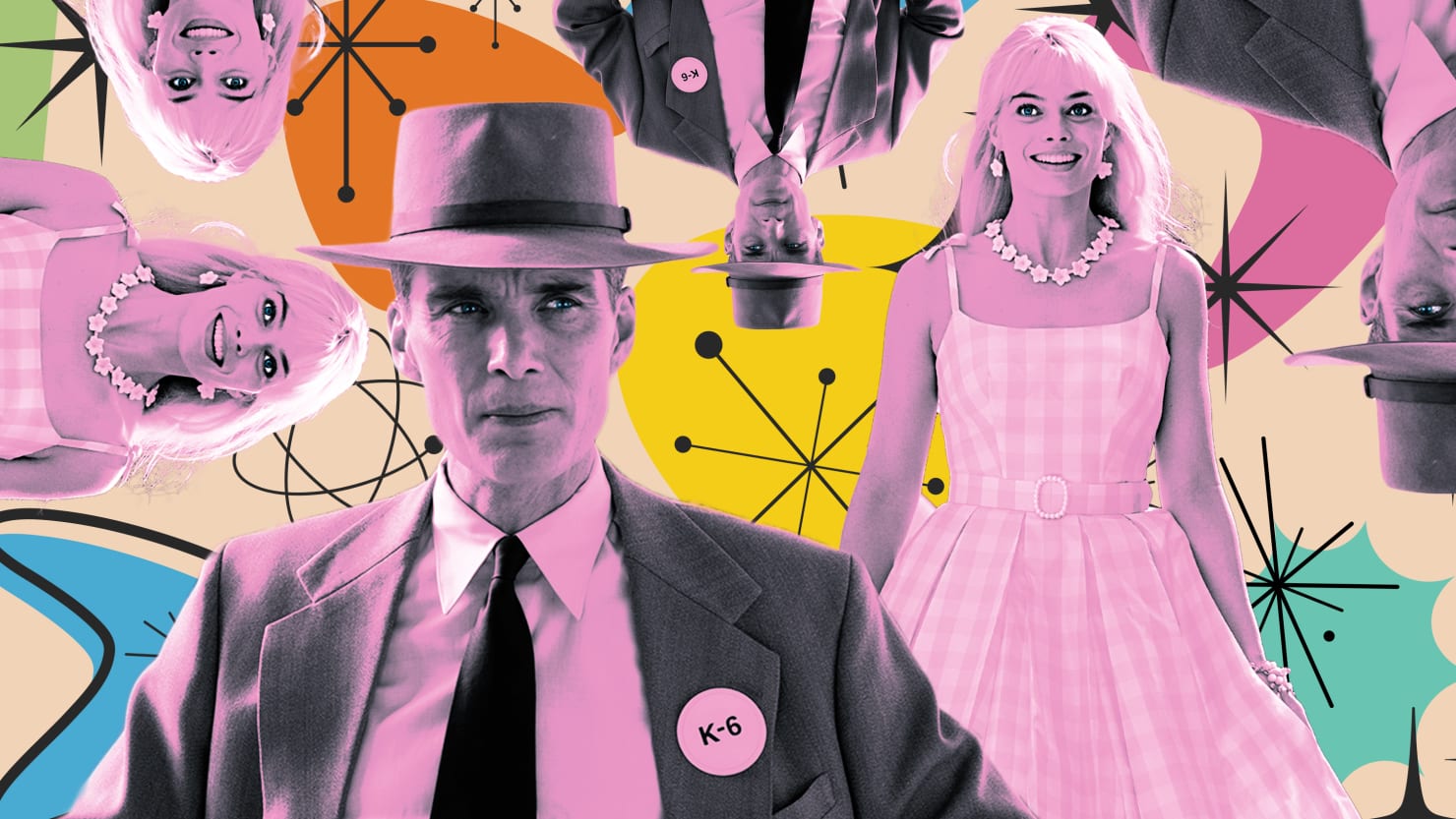The way companies announce new products or build up hype can often influence their success once those new products hit the market, according to new research from Binghamton University, State University of New York. Whether it’s an upcoming blockbuster movie or a new rollout from major companies like Coca-Cola or Apple, the new research shows how companies might use this type of preannouncement marketing to their advantage.
How often have you watched trailers for an upcoming movie and thought, “I can’t wait to see that,” when it hits theaters next year?
It’s no surprise when critically acclaimed movies score well at the box office, but when films like “Barbie” or “Oppenheimer” go above and beyond that, the extra push can often be traced back to the buzz they generated building up to their debut on the big screen.
Preannouncement marketing can often influence a product’s success, whether it’s an upcoming blockbuster movie or a new product rollout from major companies like Coca-Cola or Apple. A research study from Binghamton University’s School of Management Associate Professor Debi Mishra shows how companies might use this type of marketing to their advantage.
What these communications provide is another way to think about shareholder return because shareholders want the money that they’re putting in to appreciate in value, said Mishra, a marketing expert who conducted the study. While that often depends on the actual product performance, he said, how companies manage and communicate the “buzz” plays a big role.
“New products are the heartbeat of a company, especially those products that are more consumer-facing, so how a company communicates with consumers or stakeholders about new products is the key to future growth and survival,” Mishra said. “Do you provide all the information upfront or more toward the preannouncement phase? And depending on how this information is communicated, they create surprise in the marketplace that can prove beneficial.”
Mishra and a fellow researcher gauged the impact by collecting data from 149 product launch events and their preceding preannouncements, as reported in The Wall Street Journal from 2005–2018.
By examining what kind of information came out within one year preceding a product’s announcement, whether it was a costly announcement (the company loses money if it doesn’t introduce the product) or a costless one, the researchers could compare the effect on stock across these scenarios.
They found that costless approaches generally resulted in a positive stock market reaction, and contrary to expectations, losses from not investing as much up-front in building up product hype could be compensated after the release. Alternatively, costly approaches didn’t often result in a significant stock market reaction either way.
Examples included:
- The announcement of one new beverage by Coca-Cola didn’t promise when it would be rolled out or how much the company had invested in the new product, meaning it could’ve been easy for the company to reverse that announcement if needed.
- An announcement by IBM to use artificial intelligence to draw insights from digital data and create graphics of data that, while positive, stated it was part of the company’s $1 billion investment.
“If companies create all this buzz about a product but never release it, they might benefit from the stock market having gone up initially, but shareholders will suffer down the road,” Mishra said. “It also makes a difference whether the company makes any kind of guarantee, such as purchasing land worth $20 million for a factory to make the new product. That’s a credible commitment because that money could be lost if they never introduce that product. The market is smart enough to figure these types of things out.”
Mishra said the research also showed a “surprise effect” can impact the market’s reaction to new products.
If a company makes a new product announcement and has already put in a lot of visible commitment behind it, that is no longer a surprise to the market because of an implied expectation the company would follow through with the introduction.
Mishra said a company’s new product announcement that doesn’t provide upfront information about how much is being invested into it could potentially make a larger splash on the market once it comes out.
“If you have something really cool to put out – Brad Pitt is starring in some big upcoming movie – you can’t keep it under wraps all the time, but if your intention is truly honest about introducing that product or movie, it still could be a good idea to keep things somewhat secretive,” Mishra said. “All of a sudden, you’re in the position to have your audience or the market react by saying, ‘Oh, we didn’t expect that!”
The study, “Does the economic value of new product announcements depend upon preannouncement signals? An empirical test of information asymmetry theories,” was published in the Journal of Product & Brand Management.



Leave a Reply